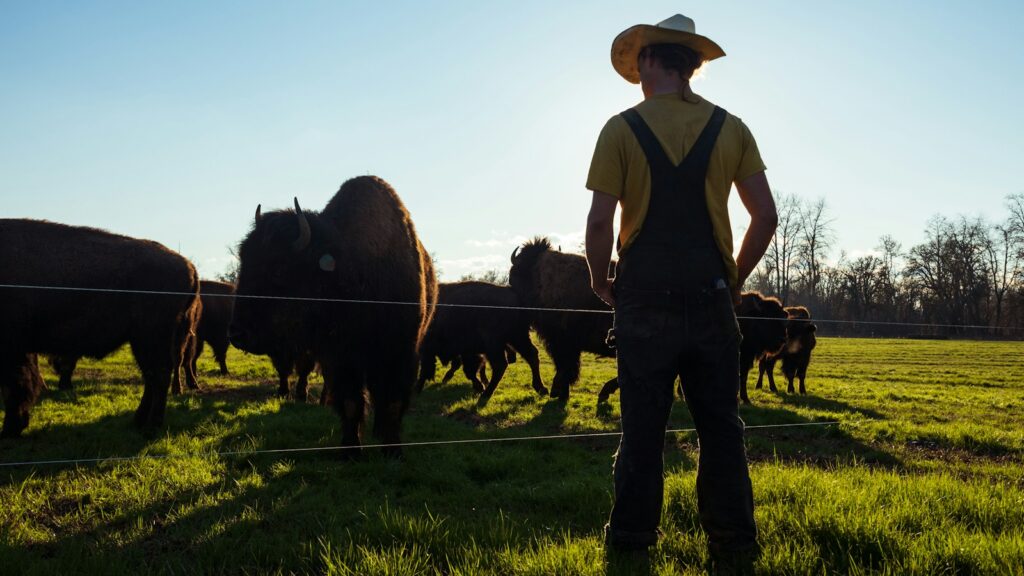The iconic image of cowboys herding cattle across vast plains is deeply embedded in American history and culture. However, the reality of cattle drives was often far more complex and challenging than portrayed in popular media. One of the most significant challenges cowboys faced was dealing with uncooperative cattle. When hundreds or thousands of animals collectively decide not to follow the intended path, the consequences could range from minor delays to catastrophic failures. This article explores the various scenarios, solutions, and historical contexts surrounding uncooperative cattle drives, providing insights into how drovers managed these challenging situations and what modern ranchers can learn from their experiences.
Understanding Cattle Behavior During Drives
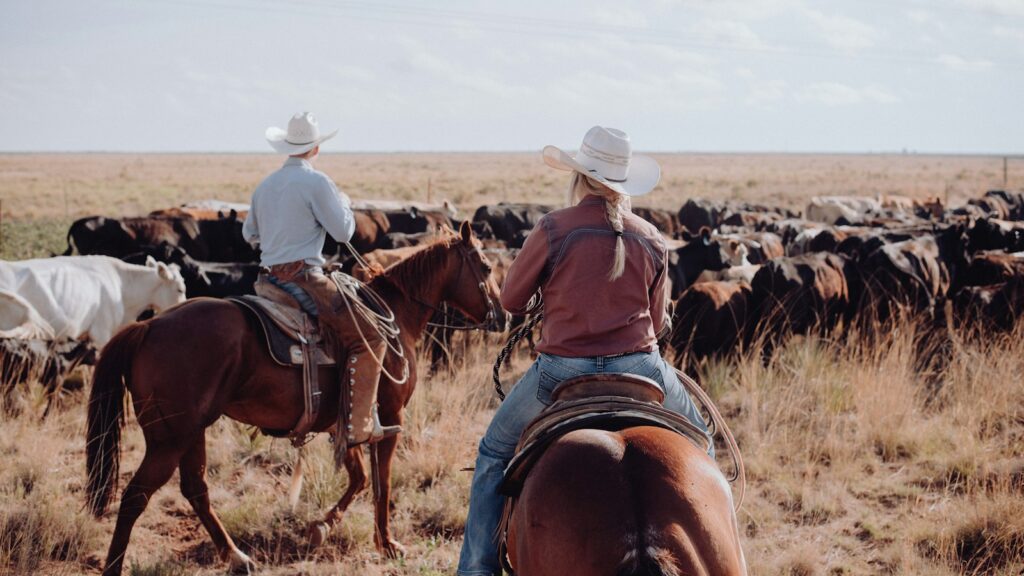
Cattle are herd animals with complex social structures and natural instincts that directly impact their behavior during drives. When stressed or frightened, cattle may exhibit flight responses that can trigger mass panic and stampedes. Additionally, cattle follow dominant animals within their herd, meaning that if a few leaders become uncooperative, the entire herd might follow suit. Weather conditions, unfamiliar terrain, and physical exhaustion can further influence cattle behavior, potentially leading to resistance. Understanding these behavioral patterns was essential for cowboys managing large herds across hundreds of miles, allowing them to anticipate and prevent problems before they escalated into drive-threatening situations.
The Causes of Uncooperative Cattle Behavior

Several factors could trigger uncooperative behavior during historical cattle drives. Environmental stressors such as thunderstorms, river crossings, or unfamiliar landscapes often spooked cattle into refusing to move forward or scattering in multiple directions. Physical factors including exhaustion, hunger, thirst, or illness could significantly reduce cattle’s willingness to continue the journey. Inexperienced drovers who applied excessive pressure or failed to give cattle adequate rest periods frequently encountered resistance from their herds. Perhaps most challenging were the psychological factors—once cattle established a negative association with a particular area or feature of the landscape, convincing them to proceed often became extraordinarily difficult. These combined factors made managing cattle behavior one of the most crucial skills for successful trail bosses.
The Dreaded Stampede Scenario

The most dangerous manifestation of uncooperative cattle behavior was the stampede—a chaotic mass flight of terrified animals that could result in catastrophic consequences. During a stampede, thousands of pounds of cattle could charge blindly across the landscape, potentially running off cliffs, into rivers, or through camps. Cowboys caught in stampedes faced life-threatening dangers, as being trampled often resulted in serious injury or death. Economic losses from stampedes could be devastating, with cattle scattered across miles of terrain, injured, or killed in the chaos. Recovery efforts following a stampede might take days or weeks, significantly delaying drives and increasing costs. Historical accounts describe stampedes as one of the most feared events on the trail, capable of undoing weeks of careful progress in mere minutes.
River Crossings: Major Points of Resistance
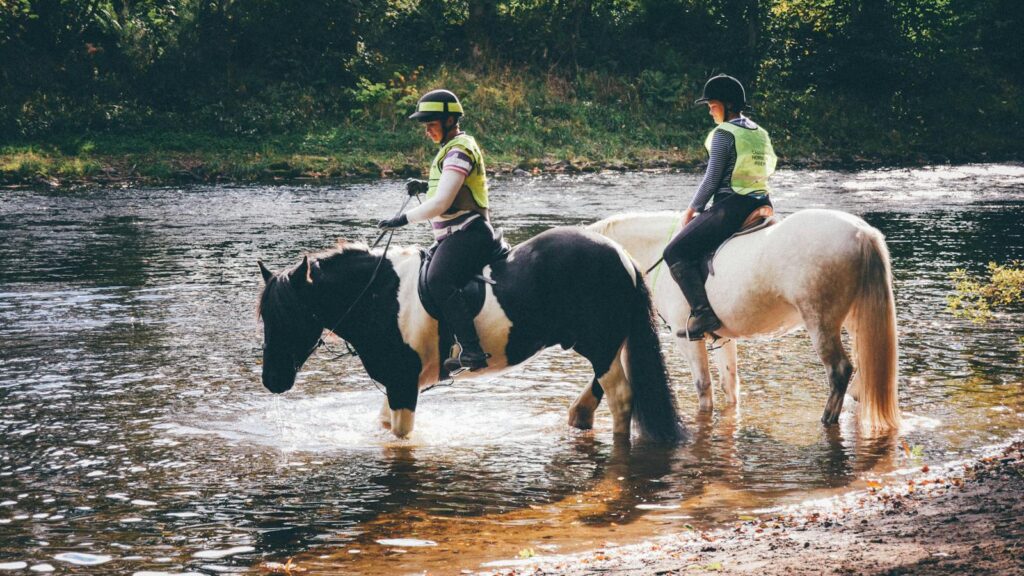
River crossings represented one of the most common points where cattle drives encountered significant resistance. Cattle naturally fear deep water and strong currents, often refusing to enter rivers even after considerable encouragement. The lead animals were particularly crucial during river crossings, as their willingness to enter the water typically determined whether the rest of the herd would follow. Trail bosses carefully selected crossing points with gradual entry slopes, manageable currents, and solid footing to minimize resistance. Experienced cowboys sometimes used techniques like blindfolding lead animals or using domesticated oxen to demonstrate safe crossing, helping to overcome the herd’s natural hesitation. Despite these preparations, river crossings remained unpredictable events that could delay drives for days if cattle collectively refused to cooperate.
Cattle “Turning Back” and Its Consequences
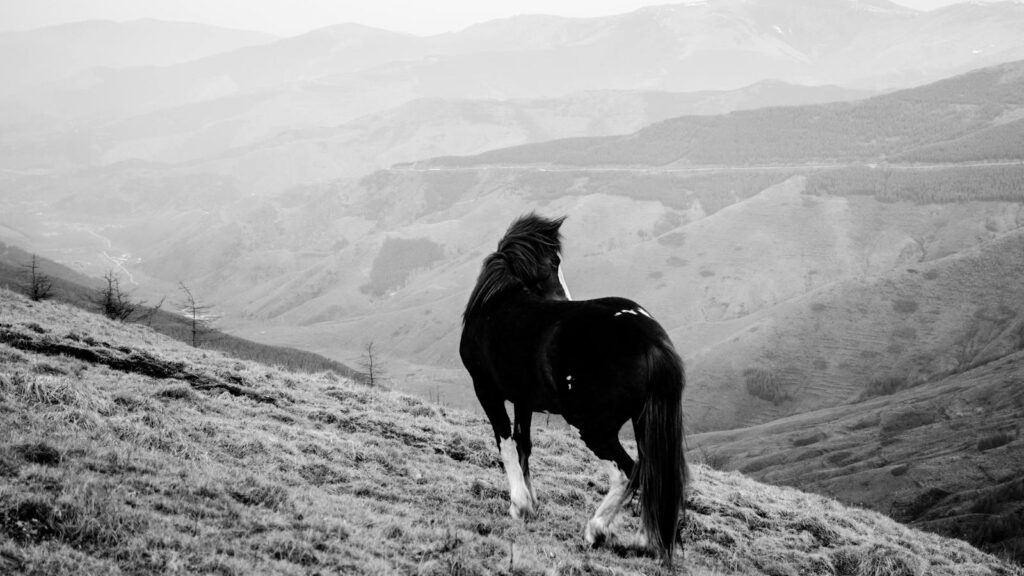
“Turning back” described the frustrating phenomenon when cattle adamantly attempted to return to familiar territory, refusing to continue in the intended direction. This behavior often occurred during the first few days of a drive when homesickness and confusion were at their peak among the herd. When cattle successfully turned back, they could cover surprising distances in their determination to return to familiar ranges, potentially undoing days or weeks of progress. The economic impact of turning back could be severe, with additional costs in labor, time, and resources required to recover and redirect the herd. Experienced trail bosses implemented preventative measures like maintaining constant vigilance during the initial stages of drives and establishing clear patterns of movement that discouraged backward momentum.
Historical Methods for Managing Uncooperative Cattle
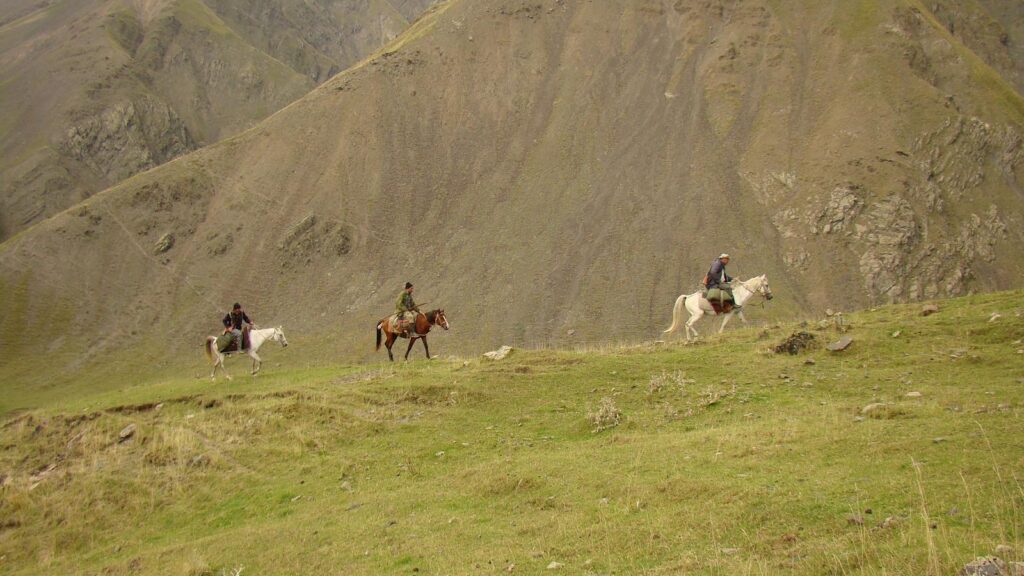
Historical cattle drovers developed numerous techniques for managing uncooperative herds based on generations of practical experience. The “roundy-round” technique involved keeping resistant cattle moving in circles until exhaustion made them more compliant with forward movement. Strategic positioning of experienced drovers, known as “swing riders,” prevented cattle from breaking away from the main herd during challenging sections of the trail. Night herding rotations kept constant watch over restless cattle, singing to them softly to provide a calming human presence and prevent startled awakening that might trigger stampedes. Perhaps most important was the careful selection and training of lead steers—docile animals that became accustomed to human direction and could influence the behavior of the larger herd through their example.
The Role of Trail Bosses in Crisis Management
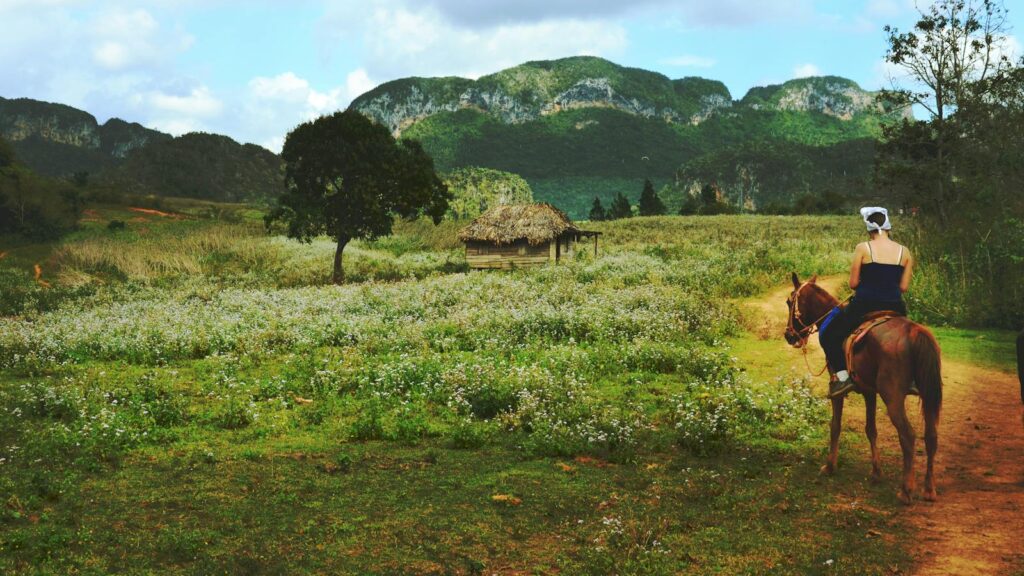
Trail bosses served as the ultimate authority during cattle drives, making critical decisions when herds refused to cooperate. Their responsibilities included assessing the causes of resistance and determining whether to force the issue or take alternative approaches. Experienced trail bosses balanced multiple factors in their decision-making, including weather conditions, available resources, contractual deadlines, and the condition of both cattle and cowboys. Leadership qualities were essential, as maintaining crew morale during challenging situations directly impacted their ability to manage difficult cattle effectively. The most successful trail bosses combined authoritative decision-making with flexibility, knowing when to push forward and when to adapt plans in response to uncooperative cattle behavior.
Economic Impacts of Uncooperative Cattle
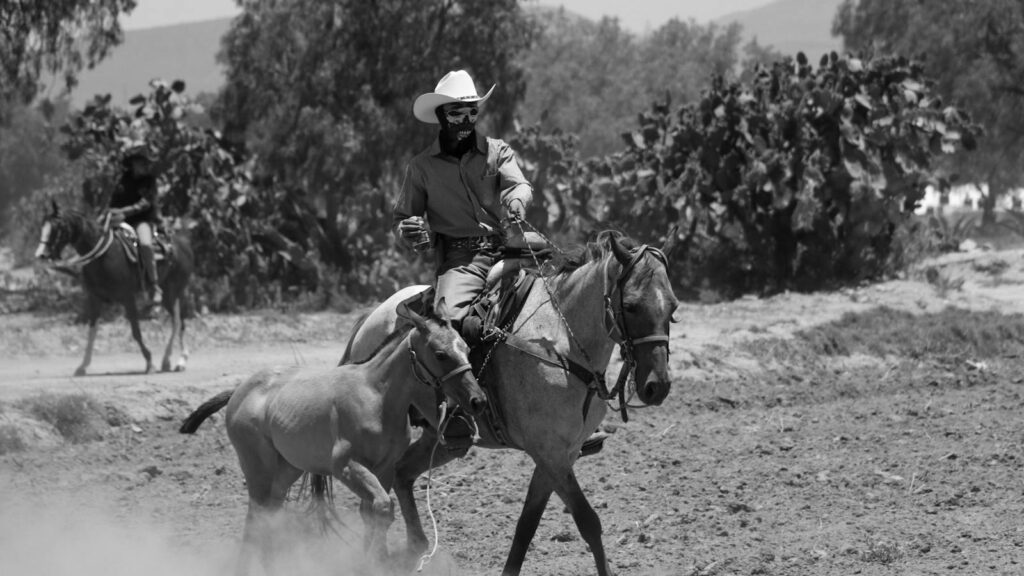
The financial consequences of uncooperative cattle during drives could be substantial, affecting the entire economic model of cattle trading. Delays caused by resistant herds increased labor costs, as cowboys had to be paid for additional days on the trail. Extended drives also increased feed costs in areas where grazing was limited or required payment for access to private lands. Weight loss in cattle was perhaps the most direct economic impact, as animals could lose significant poundage during prolonged drives, directly reducing their market value upon arrival. In extreme cases, like major stampedes or failed river crossings, the loss of animals to injury, drowning, or exhaustion could transform a potentially profitable drive into a financial disaster. These economic realities made effective management of cattle behavior not merely a practical concern but an essential business skill.
Modern Ranch Management Lessons
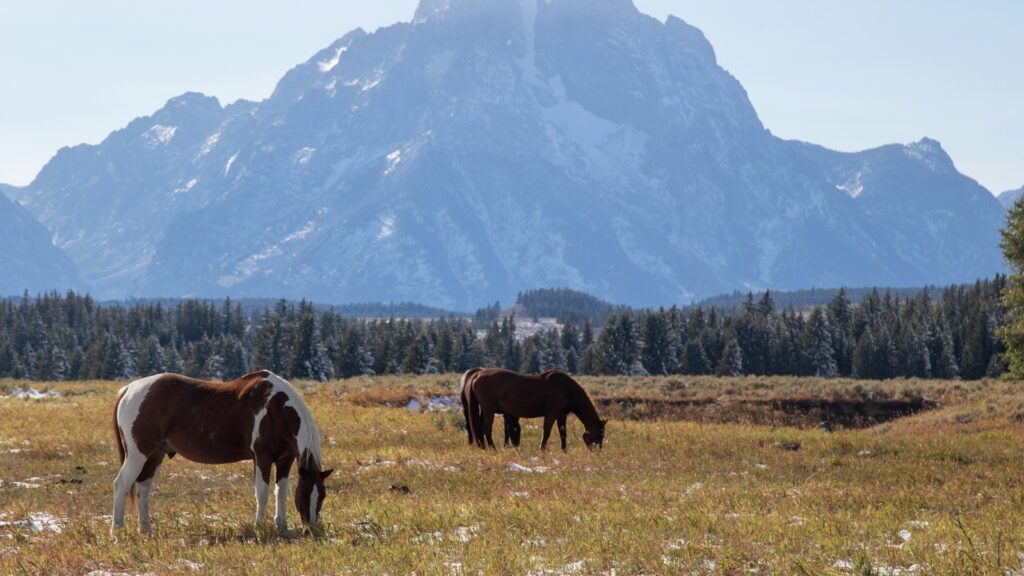
Contemporary ranchers continue to apply lessons learned during the historical cattle drive era, adapting them to modern livestock management. Low-stress handling techniques developed through generations of trial and error remain relevant, focusing on working with cattle’s natural instincts rather than against them. Infrastructure design on modern ranches often incorporates understanding of cattle psychology, with curved chutes, solid-sided loading areas, and familiar pathways reducing resistance during necessary movements. Training methods for both cattle and handlers emphasize consistency and positive reinforcement, creating livestock that responds predictably to human direction. Even with modern transportation methods having largely replaced long-distance drives, the fundamental principles of managing uncooperative behavior continue to influence efficient and humane cattle management practices.
Technological Solutions in Historical Context
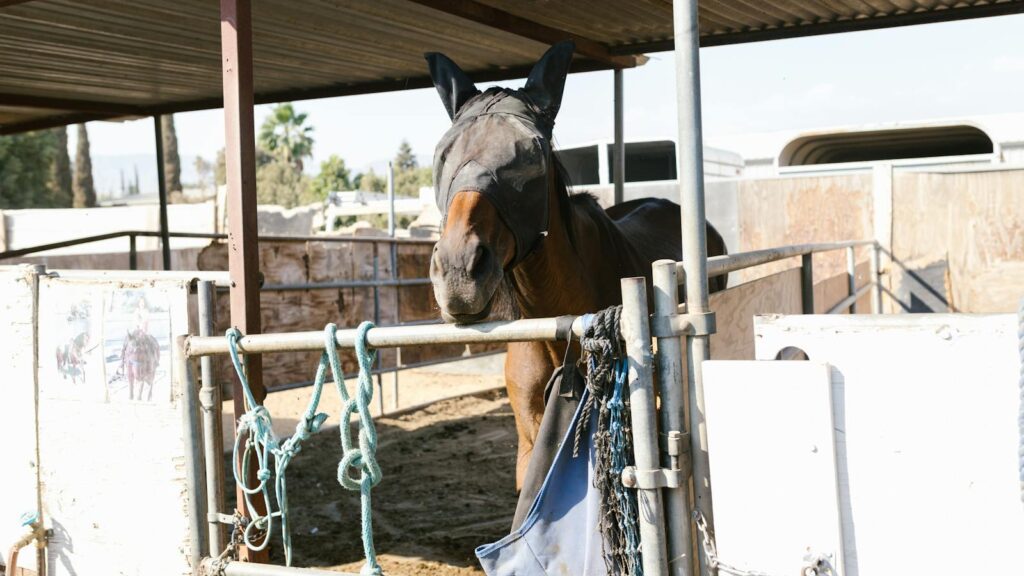
Even in the 19th century, drovers implemented technological solutions to address uncooperative cattle behavior within the limitations of their era. Chuck wagons served as mobile headquarters, carrying supplies that allowed drives to adapt to changing conditions without returning to distant settlements. Specialized equipment like “bull whips” created loud cracks that directed cattle through sound without physical contact. Rope techniques evolved to restrain individual problem animals safely and efficiently when necessary. Communication systems using hand signals, whistles, and horseback messengers coordinated complex herding maneuvers across widespread groups of cowboys. These historical innovations demonstrate how the challenges of uncooperative cattle drove practical innovation in tools and techniques that formed the foundation of modern ranching practices.
Environmental Factors and Adaptive Strategies
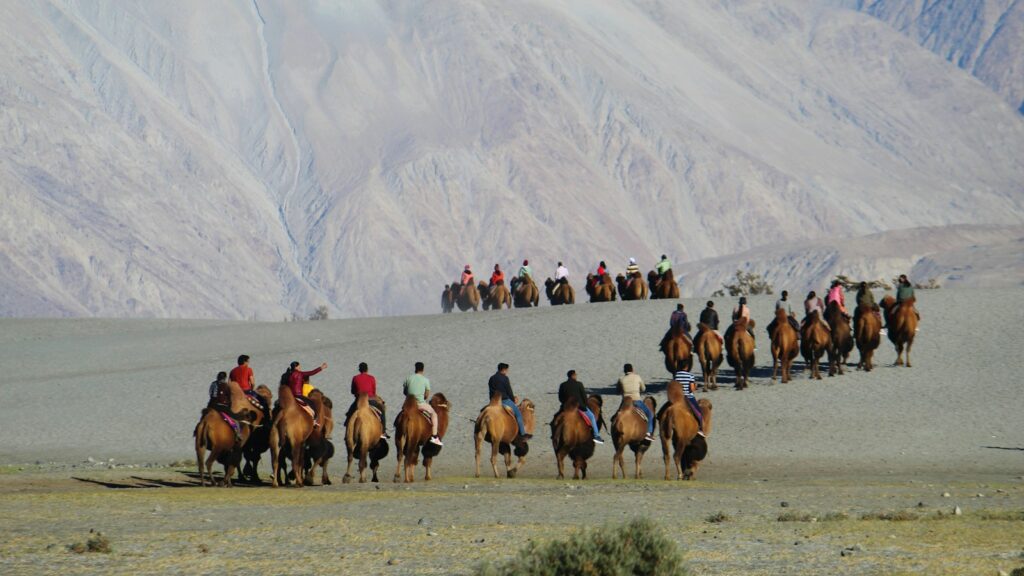
Environmental conditions frequently triggered uncooperative behavior, forcing trail bosses to develop adaptive strategies for different landscapes and weather situations. During extreme heat, experienced drovers adjusted travel schedules to night and early morning hours when cattle were naturally more cooperative and less likely to suffer heat stress. In drought conditions, drives might detour considerable distances to ensure access to water, preventing desperate cattle from becoming unmanageable due to thirst. Awareness of seasonal patterns helped trail bosses avoid scheduling difficult passages like mountain crossings during storm seasons that might trigger resistance or stampedes. Adaptation to local environments became a defining skill, with successful cattle drivers accumulating detailed knowledge of terrain, water sources, and natural hazards along established routes.
Case Studies: Famous Cattle Drive Challenges
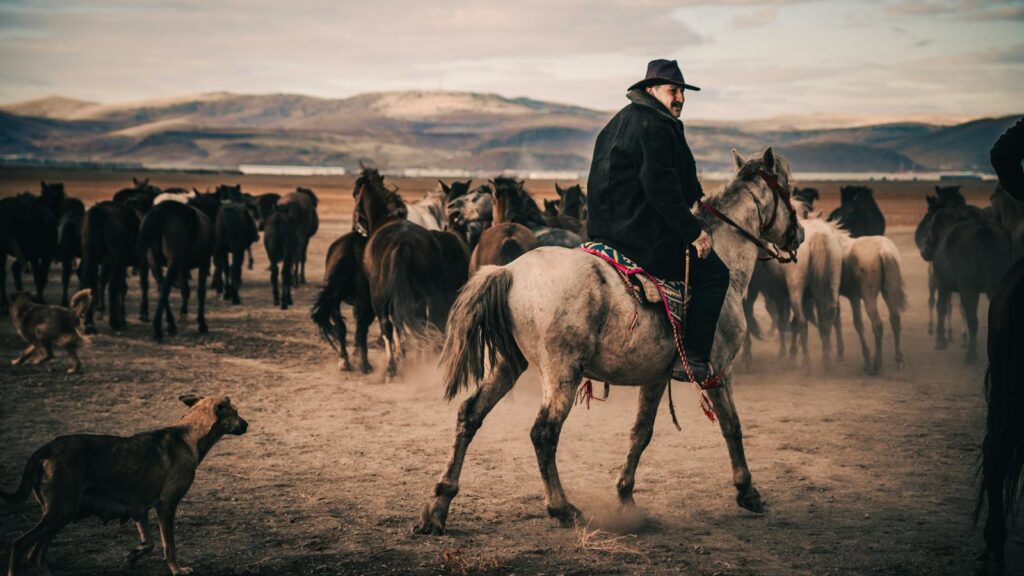
Historical accounts document numerous notable incidents where major cattle drives encountered significant cooperation challenges. The infamous 1871 Newton General stampede in Kansas resulted from a lightning strike that spooked over 3,000 cattle, scattering them across 30 square miles and requiring two weeks to recover most of the herd. During the especially difficult 1884 XIT Ranch drive, severe drought conditions caused cattle to refuse movement for nearly three weeks until rain finally softened their resistance. The Goodnight-Loving cattle drives pioneered new routes to Colorado markets, but faced near-disaster at the Pecos River crossing where cattle initially refused to enter the water for four consecutive days. These historical examples illustrate both the extraordinary challenges faced by cattle drivers and the remarkable persistence and problem-solving abilities they developed in response to uncooperative herds.
The Psychology of Cattle and Drovers
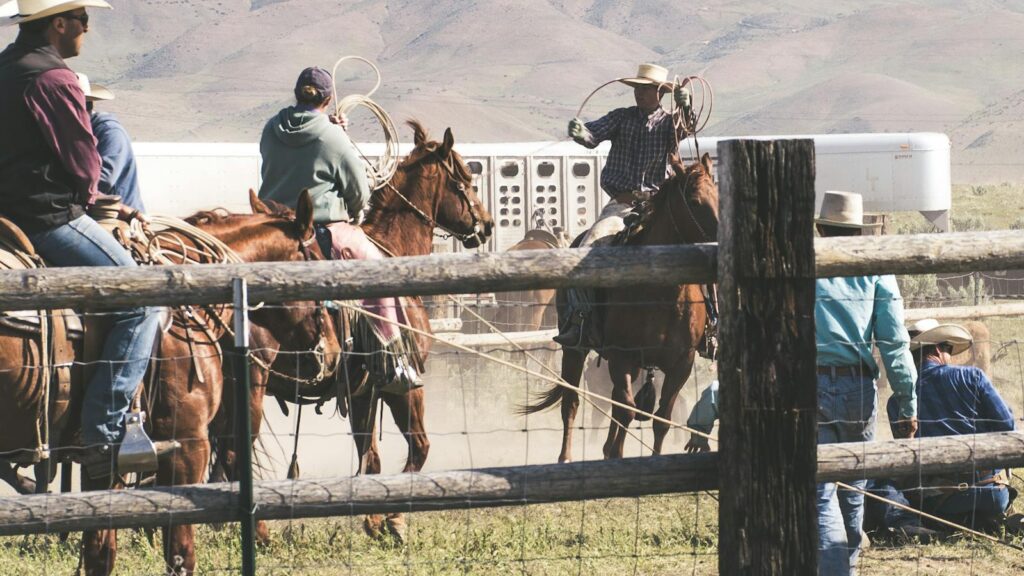
The relationship between cattle psychology and drover psychology created a complex dynamic that influenced the success or failure of drives when cooperation challenges emerged. Cowboys who understood the prey mentality of cattle—their heightened sensitivity to quick movements, loud noises, and perceived threats—were more successful at preventing and addressing uncooperative behavior. The psychological stamina of drovers themselves played a crucial role, as maintaining calm during crisis situations directly influenced cattle responsiveness. A phenomenon trail bosses recognized was the transfer of emotions between humans and livestock, with anxious or angry cowboys often triggering similar states in the cattle they managed. The most successful cattle handlers developed psychological resilience and emotional regulation skills that allowed them to remain composed during challenging situations, directly improving their ability to resolve cooperation issues effectively.
conclusion
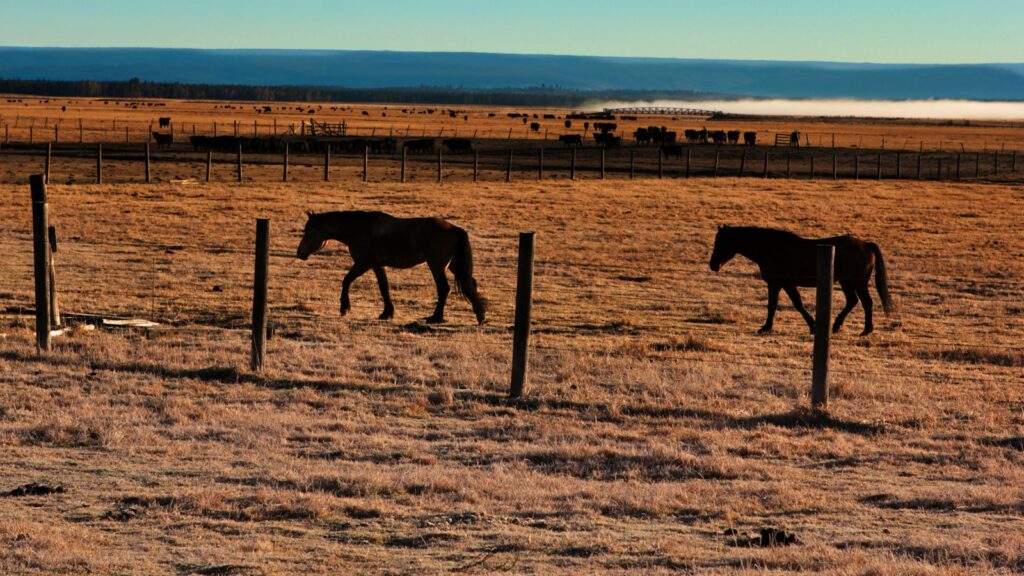
The success of historical cattle drives depended significantly on the ability of trail bosses and cowboys to manage uncooperative behavior among their herds. Through generations of practical experience, these early ranchers developed sophisticated techniques for preventing and addressing resistance, demonstrating remarkable adaptability in the face of challenging conditions. Their methods balanced an understanding of cattle psychology with practical logistics and economic considerations, creating a body of knowledge that continues to influence modern livestock management. While today’s ranchers rarely face the extreme challenges of multi-month drives across dangerous terrain, the fundamental principles established during the cattle drive era remain relevant to efficient and humane cattle handling. By understanding what happens when cattle refuse to cooperate—and how to effectively address such situations—both historical drovers and contemporary ranchers have transformed potential disasters into manageable challenges.

